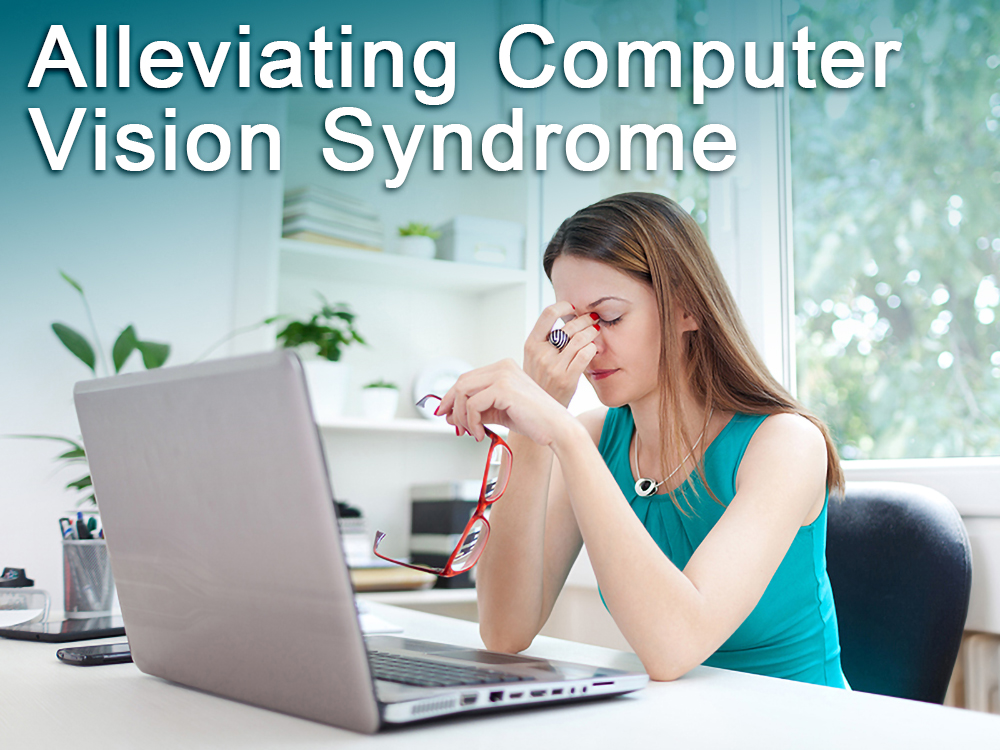
Caring for Your Vision with So Much Screen-Time!
Avoid “Computer Vision Syndrome”
By Carl Hillier, OD FCOVD
Most of us are engaged in “screen time” more than ever before—using Zoom/Skype/FaceTime as a tele-therapy platform. For many, this can be very successful, but also potentially very visually stressful.
We recommend the following guidelines to help minimize the following problems associated with excess screen-time—collectively known as “Computer Vision Syndrome”:
- Cognitive Fatigue
- Visual Fatigue/Eye Strain
- Dry Eye Symptoms
- Blurred Distance Vision
- Headache
- Neck and Shoulder Pain
- Poor-Quality Sleep
Things to do to alleviate the symptoms above:
- Take scheduled breaks from screen time at least every 30 minutes, walking away from the computer for at least 2 minutes.
- During these 2 minutes, stand or sit in a very relaxed way and rotate your body without moving your feet—try to look behind you one way, then back to the other way as far as you are able.
- Check each eye individually during these 2-minute breaks to ensure you are not losing distance vision from either eye.
- Acquire optical quality lenses that deflect the harmful blue light that emanates from screens. Your optometrist can get the proper protective lenses for you.
- Research-proven nutritional supplementation solutions:
- Lutein (10 mg), Zeaxanthin (2 mg) and Mesozeaxanthin (10 mg)—to improve visual performance, sleep quality and decrease adverse physical symptoms
- Omega-3—Minimum EPA: 400 mg; Minimum DHA: 960 mg
- Stop screen time 2 hours before going to sleep.
- Get outside as much as possible!
If you would like more advice on how to establish a strong visual foundation for the demands of online learning, just let us know. We can provide activities for you to do off-line that will help you maintain good vision while you are on-line!
Carl G. Hillier, OD FCOVD
Melissa C. Hillier, OD FCOVD
San Diego Center For Vision Care
SanDiegoCenterForVisionCare.com
CLICK HERE to download the original article

